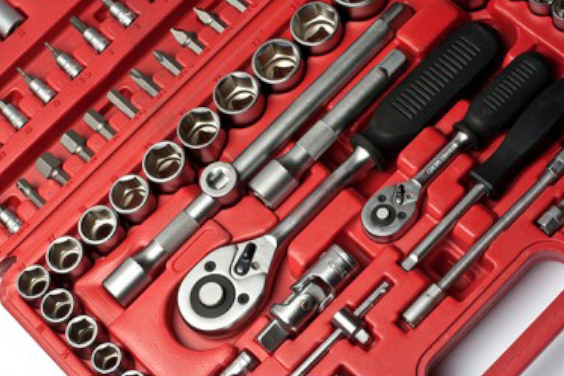
Insert Molding Process Step by Step
It is dangerous to make use of components after they’ve been manufactured without encasing them with plastic. It’s essential to encase these components to make
Share
Share
Plastic items are ubiquitous in our daily lives, and they may be found in our homes, offices, parks, and shopping malls, among other places. Despite the fact that plastic objects are ubiquitous in our environment, many individuals are unaware of how they are made.
Although the plastics industry is complex, it is much preferable to expand our stock knowledge. Making plastic items, also known as plastic fabrication, can be done in a variety of ways. You may need to think about the many processes for producing plastic items. Let’s have a look at the seven various methods for making plastic objects in this post.
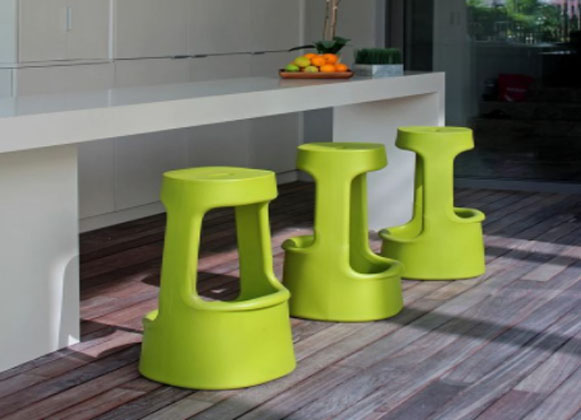
Source: Pinterest
Plastic injection molding is the most common method of producing plastic products, accounting for more than 75% of all products on the market today. It is the method of making plastic using aluminum or stainless steel molds or dies.
The cavity and core sides of the mold are inserted into the injection molding machine. Plastic material is melted and injected into the empty cavity of the mold. Under enormous hydraulic pressure, the plastic object is ejected out of the mold once it cooled and solidified. Because of its ability to produce thousands of plastic parts at once, the plastic injection molding technology is extremely popular among industrial organizations.
Injection molding molds are extremely complicated and must be produced to exacting standards in order to produce high-quality products. These molds are made of metals like hardened steel because of the high temperatures and pressures required. Aluminum molds that are softer are less expensive, but they wear out faster, therefore they are often utilized for smaller manufacturing runs.
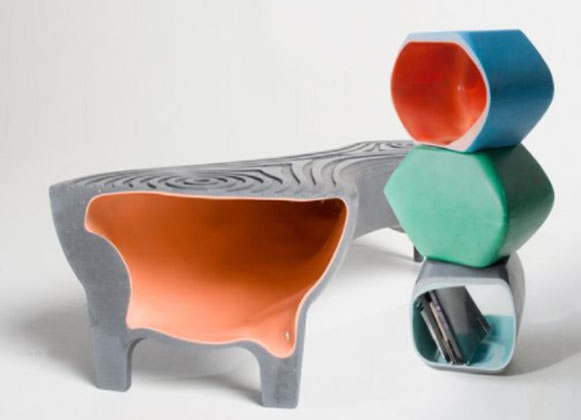
Source: Pinterest
Rotational molding, often known as roto molding, is a plastic manufacturing method that, like injection molding, uses a mold with a core and cavity side but uses a different process. In an oven, plastic material is put into the empty space and heated. The mold rotates on two axes at all times, while gravity ensures that the plastic stays on the tool walls to achieve the desired thickness. Before the tool is opened and the part is removed, the part is allowed to cool.
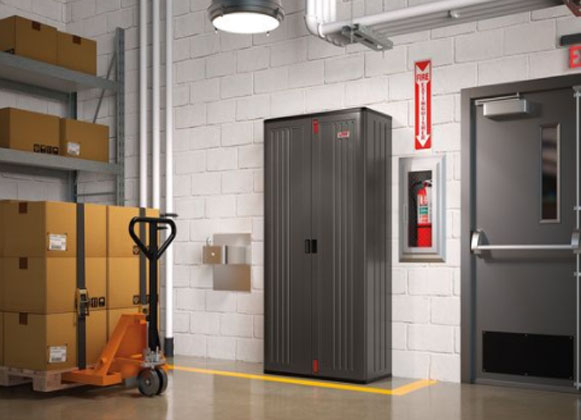
Source: Pinterest
With injection blow molding, plastic makers employ gas pressure to drive molten plastic into the mold. Plastic bottles are often made using this process. PET (polyethylene terephthalate) or PEEK (polyether-ether-ketone) are commonly utilized for this approach because of their clarity and safety for use in consumables. Both types of plastic are also simple to recycle, which is a benefit for businesses who want to employ plastic bottles.
The blow molding procedure is used to create one-piece hollow items in large quantities. This is the method to use if you require a large number of bottles. Blow molding produces thin-walled, homogeneous containers. And it can do so at a low cost.

Source: Pinterest
This method of plastic production is suitable for making hard plastic pieces. Because the RMI process is often used to make plastic car parts such as dashboards, bumpers, and stepping boards, it benefits the automobile sector the most.
It employs thermosetting plastic, which expands and fills the mold cavity as a result of a chemical reaction inside the mold. The plastic item takes its final shape once the chemical reaction is complete. Due to the materials and labor-intensive nature of RMI, it is regarded as an expensive plastic manufacturing option.
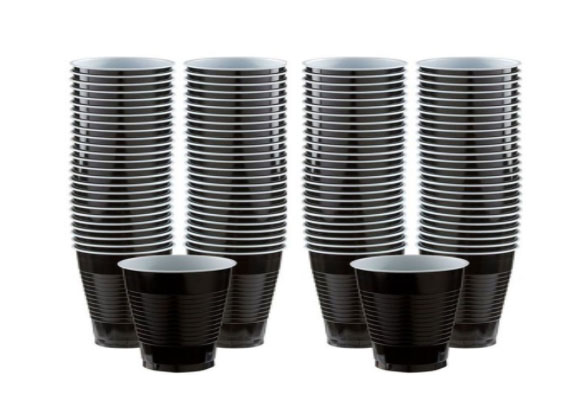
Source: Pinterest
Extrusion blow molding employs parison, a molten plastic in the shape of a balloon that is injected into a two-piece clam-type mold. After the mold has been sealed, the parison is inflated until it fills the mold’s empty chamber. The sides are water-cooled, allowing the plastic to harden quickly and be easily evacuated. Plastic cups, small or regular-sized plastic cups, and extrusion blow molding are the best uses for extrusion blow molding.
This is the most frequent method for producing thin-walled, low-cost containers such as disposable drinking cups and bottles. It’s quick, and the tools are simple to create, but the pieces can’t be very complex or precise.
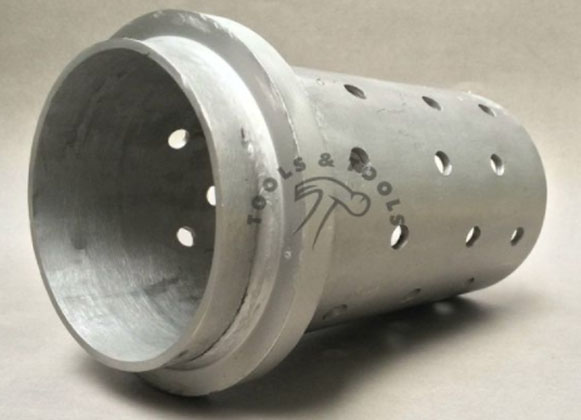
Source: Pinterest
Vacuum casting is a great way to make a lot of plastic pieces without spending a lot of money on tools and plastic. This plastic manufacturing method is started with a 3D prototype of the product, which is then placed inside a sealed box filled with silicone or urethane.
After the 3D image model is removed, a hollow is created that may be filled with plastic resin to make the model look like the original. To remove air from the mold, vacuum pressure is used. Plastic items manufactured of this, on the other hand, are not long-lasting and can disintegrate after a few manufacturing operations.
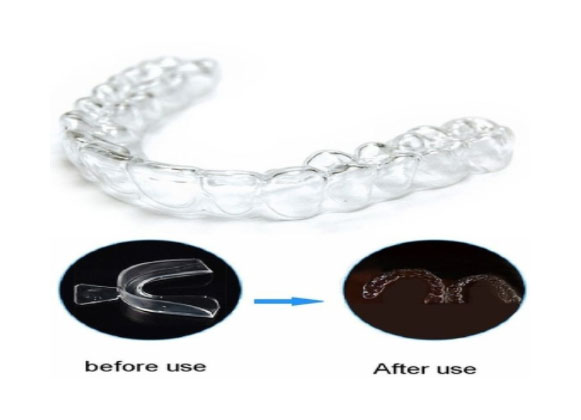
Source: Pinterest
This method is similar to vacuum casting, except that the plastic is laid over a heated die until it becomes malleable. The plastic sheet is stretched on the surface while vacuum pressure is supplied continuously to pull it down until it reaches its final shape. This procedure can be done with a simple approach, and many goods can be expected, but the outcomes will not be of the same high quality as the other methods discussed previously.
The aforementioned plastic production methods are the most often employed by plastic factories, with plastic injection molding reigning supreme. Our company, Rydtooling is one of the leading plastic injection Manufacturers, contact us and we will be glad to share our range of products and services.

It is dangerous to make use of components after they’ve been manufactured without encasing them with plastic. It’s essential to encase these components to make
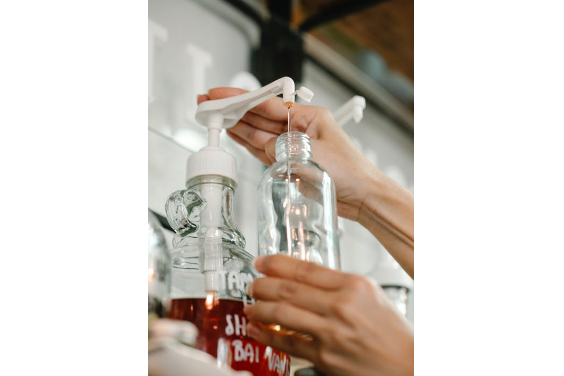
Transparent plastic is being used in virtually every industry and this is because of its capacity to allow you see through and its ease of
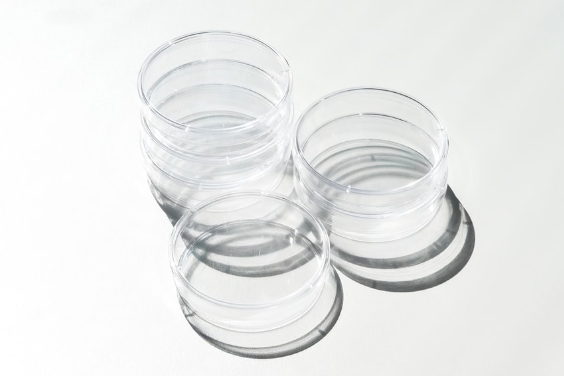
Plastic is a common material used in the production of objects that can be used in homes, the automobile industry, and virtually all sectors. It

Basically, there are two kinds of plastics – thermoplastic, and thermosets. But the majorly talked about kind is the thermoplastic because of its versatile and
+86-755-8524 1121
marketing@rydtooling.com
No. 2, HongKan 1st Road, YanChuan Community, YanLuo Street, BaoAn District, ShenZhen City, China. Post Code 518105.
Subscribe to our newsletter to get manufacturing news and updates!
